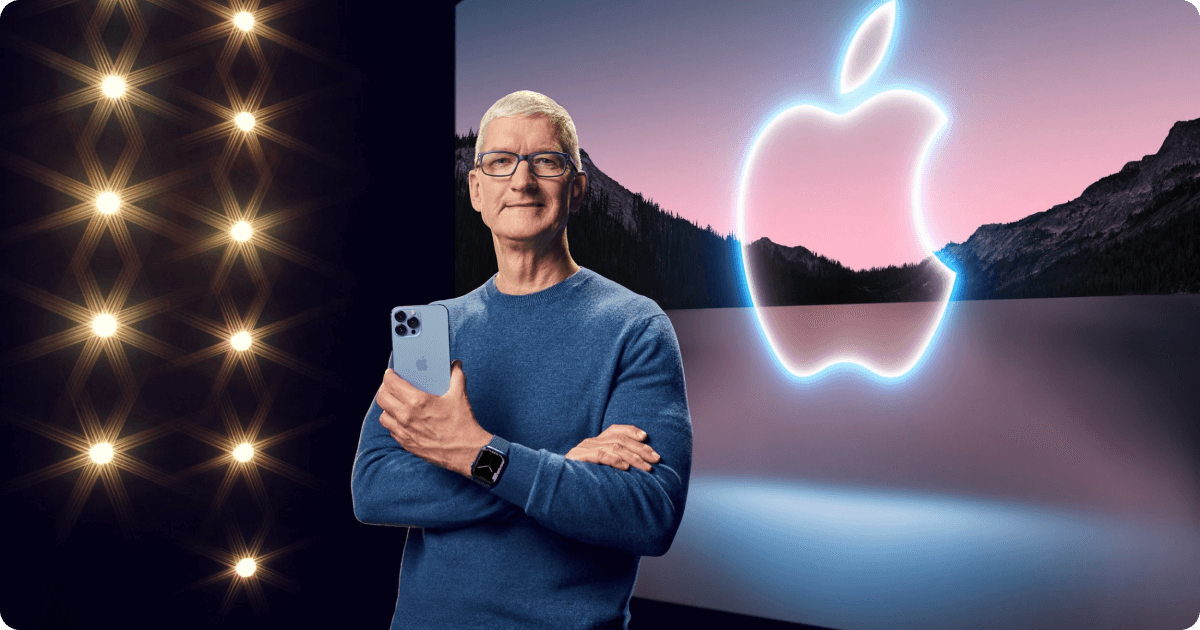
For over a decade, Apple has sparked undeniable excitement the years following the initial release of the original iPhone. Back in 2007, this sleek device redefined the smartphone landscape and was seen as an innovative piece of tech that has been a magnet for consumer loyalty ever since. However, is the hype around the iPhone just a thing of the past? Even now that the iPhone 15 lineup has been released, it’s so blatant to see that Apple really hasn't included anything new in comparison to the iPhone 14 lineup. With the iPhone 15 launch, we didn't see the die-hard Apple fans camping outside Apple stores which screams a sense of complacency and gets us thinking: Is the iPhone coming to an end?
In this article:
Let’s explore the evolution of the iPhone over the years and the most notable innovations.
Is the iPhone 15 Falling Behind?
Foldable phones and other innovations that Apple are simply ignoring.
Are iPhones too expensive and is this what’s putting off customers?
Image: Amateurphotography.com
When Steve Jobs unveiled the first iPhone in 2007 it was a major shift in the tech industry and no one had come across anything like it. With its futuristic touchscreen interface, sleek design and cool features, it for sure paved the way for the new era of smartphones. Apple fundamentally changed the way we communicate, work and live and has truly set a high standard, but has this standard become stagnant? It seems that the time has passed when competitors scrambled to catch up with this revolutionary phone and now the tables have turned.
From the release of the iPhone 3GS, Apple demonstrated that they were able to combine cutting-edge tech with an elegant and modern design. Features like the App Store also transformed the iPhone into a versatile tool for both work and entertainment and pushed other smartphones to introduce the same. Since then we have seen the evolution of the camera, shape and design with innovations like Siri, FaceTime and TouchID. These developments pushed out the need for other manufacturers offering the same solutions and Apple once again was at the forefront of most smartphone technologies. Up until the iPhone X, it really felt as though Apple had a commitment to user experience, ensuring that every new iPhone felt like a leap forward. Whether that be multiple cameras or changes to the iOS, each time it was undeniable that the updates were for sure notable. The iPhone X was hugely popular, with the introduction of the Face ID, a whole rethink to display technology (the first iPhone to have an OLED screen) and not to mention the first iPhone redesign since 2014 - and the iPhone 15? Well, the physical mute switch is gone. You get our point…
Other smartphone giants have made leaps and bounds in innovation, for example Samsung’s foldable phones with cutting-edge features, while Apple appears to be treading water, offering incremental upgrades rather than groundbreaking changes in comparison to what they have released in the past. Even the lack of expandable storage options with the iPhone should be enough to question whether iPhones are actually worth it. With that being said, Apple usually isn’t the first one to come out with the latest technology we love. If you really think about it, they tend to sit back and watch their competitors try, fail or succeed, then learn from the mistakes and work to create a better version. With the iPhone 15 lineup release, we’ve noticed that Apple have not upped their game whatsoever and we’re pretty sure we’re not the only ones that have caught wind of this either. Let’s take a closer look:
iPhone 14 Lineup Main Features:
Dynamic Island
Always On Display
48-megapixel main lens
A16 bionic chip
Crash Detection
iPhone 15 Lineup Main Features:
USB-C charging port
Titanium iPhone body
Switch removal
The rest of the features included are the same as the iPhone 14 lineup - so what is Apple doing and is this a sign that they will stop making iPhones?
There are rumours circulating that Apple will discontinue the iPhone and focus on their other products and we think this would be a massive decision and maybe the reason why they have essentially come to a halt with their iPhone developments.
As mentioned above, for the iPhone 15 lineup, all we have seen is the switch to the USB-C port, new software updates, the inclusion of an action button replacing the mute switch and a titanium body. Although these may be good changes to some, we beg to differ. Apple should be doing much more over a decade down the line since the first ever iPhone was released and by now we expected the same consistency as seen in the past.
It’s no secret that Apple’s flagship products are extremely expensive, but seeing the same starting price at £799 for the iPhone 15 was a sigh of relief. Many, us uncluding, would be mad about a higher price due to the lack of new features with the iPhone 15. Although there are finance options available where customers are able to pay a fee on a monthly basis, some people do not want to commit to this for 2+ years especially when the actual device doesn’t offer anything that would warrant such a premium price tag. Most people today still consider Apple to be a premium brand and justify their pricing based on this but as a brand with this reputation, it must sell products which are also at a premium standard. You may argue that some Android phones are at the same price point as the newer iPhones, but you must be aware of the fact that many of these phones offer much more innovative features that truly are worth your buck.
Another observation that has been prevalent over the years is that the infamous queues outside of the Apple stores have disappeared. Loyal iPhone customers would queue for hours and even days to get their hands on the latest iPhone release and this was because once upon a time, Apple sold phones that were unique and worth every penny. Even in an older 2017 report from The Guardian, it’s clear that some Brits had lost their appetite for queueing for iPhones:
It is also worth noting that sales are decreasing, suggesting that although brand loyalty is still high, the demand is not what it used to be. iPhone customers are not purchasing a new phone every year, which is a good sign for the environmental reasons but not so much for Tim Cook. This year Apple reported that revenue for the iPhone lines were down from the year before with overall sales falling 1% year on year according to CNBC.com and doesn’t look like the iPhone 15 release will give it a boost.
So, the question is what’s next for the iPhone because it’s concerning and a little surprising that Apple haven’t upped their game with the iPhone 15 lineup. It may as well be that Apple is planning to focus more on their other products including developments to the VisionPro headset and AI in the tech world. It would be naive to think that there isn’t a growing demand for products with the inclusion of these technologies and Apple may be working on a strategy that catapults their products far beyond their competitors. Although 65% of iPhone owners globally claim that they are “loyal to the brand of their handset”, Apple still has to face criticism, especially if they continue to make baby steps when it comes to their new iPhones, features and overall developments.


The iPhone used to define innovation. So why does every new model now feel the same? Discover why Apple’s innovation story may be running out of pages.

We’ve looked at our own trade-in price data for Apple, Samsung, and Google flagships and foldables - the most popular trio of phone brands - to determine how fast their phones depreciate, and which ones are the worst and the best at holding their value over the first and second year on the market.
With Pixels becoming a decent contender for your upgrade choice, we’ve crunched the numbers to reveal depreciation patterns of Google Pixel phones.